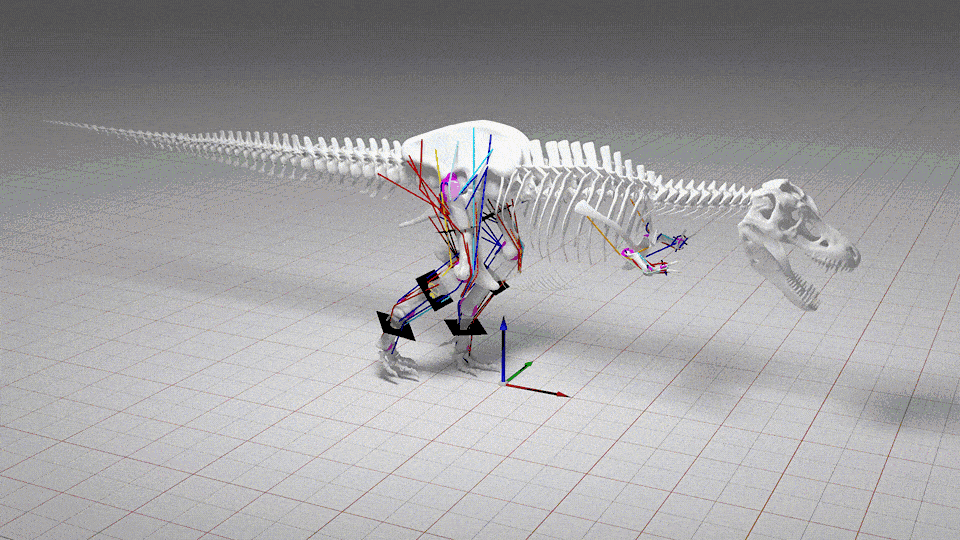When you buy through connectedness on our site , we may earn an affiliate deputation . Here ’s how it works .
Adinosaurthat lived about 70 million years ago suffered from fractured tailbones and a " cauliflower - similar " foot neoplasm , a new fossil analysis shows .
But despite these painful maladies , the dinosaur survived for some meter after it was hurt .

Signs of damage in the hadrosaur’s fossilized tail and foot bones revealed that it had been gravely injured in life.
When late fossilist Jaime Eduardo Powell observe the frame in Argentina ’s Río Negro Province in the 1980s , he observed that one of the feet was wound , and he described the injury as a possible cracking . However , when researchers recently reexamined the fossil , they regain that the fundament deformity was or else because of a large , possibly cancerous neoplasm .
Related : Photos : Digging up " Superduck , " a new duck-billed dinosaur
Usingcomputed X - ray tomography ( CT ) scansand microscopic analysis of off-white sample , the researchers also name fractures in two vertebra in the heart of the dinosaur ’s tail , and there were wearing away in the pearl around the fractures that may have been triggered by infections . As the fractures were partially healed , they likely were n’t directly creditworthy for the dinosaur ’s death , scientists reported in a Modern survey , published in the August 2021 issue of the journalCretaceous Research .

Analysis of the hadrosaur’s skeleton showed how injuries would have plagued this unfortunate dinosaur.
" We can not quantify how long it endure afterwards , which stand for that it could have lived for months or years , " lead study writer Penélope Cruzado - Caballero , a scientist in the Research Institute of Paleobiology and Geology for Argentina ’s National Scientific and Technical Research Council ( CONICET),said in a statement .
Who was this beatnik - up dinosaur?Bonapartesaurus rionegrensiswas a 30 - metrical foot - foresightful ( 9 - meters ) hadrosaur — plant - eating dinosaurs known for their extensive , ducklike back talk . Hadrosaurs were expectant and mostly bipedal ornithischians , or bird - hipped dinosaur , that live during the latter part of theCretaceous period(about 145.5 million to 65.5 million years ago ) in the Americas , Asia and Europe .
— record album : Discovering a duck’s egg - billed dino baby

— 7 surprising dinosaur fact
— Photos : duck’s egg - billed dinos bump in Alaska
Some hadrosaurus species sported ornate crest on their skull , which may have been used for communication . fossilist do n’t know ifBonapartesaurushad a crest ( the skeleton was missing its skull ) , but what attracted their care was the dinosaur ’s left-hand hind arm , where a enceinte , bony gigantism give the groundwork " acauliflower - like coming into court , " Cruzado - Caballero enjoin in the argument .

The subject area authors found no geological fault when they examined the bulge bone lump , but CT scans show reduced bone density and ravage off-white tissue paper in surrounding sphere , suggesting that the lump was a tumor . Dinosaurs in this group walked with most of their weighting on their toes , and they had a high foot pad . This pad could have cushionedBonapartesaurus ' foot , and the injury — as dire as it appear — might not have caused a limp , the researchers reported .
Their scans also revealed a first hint of offer in two tail os and subsequent infections in the besiege bone . Fractures such as these could have happened because the hadrosaur was trampled , strike by an objective , attacked by a predator , " or simply due to running stress , " the scientists wrote in the study . " These are all secure hypotheses , but we can not determine which one is more likely . "
primitively published on Live Science .















